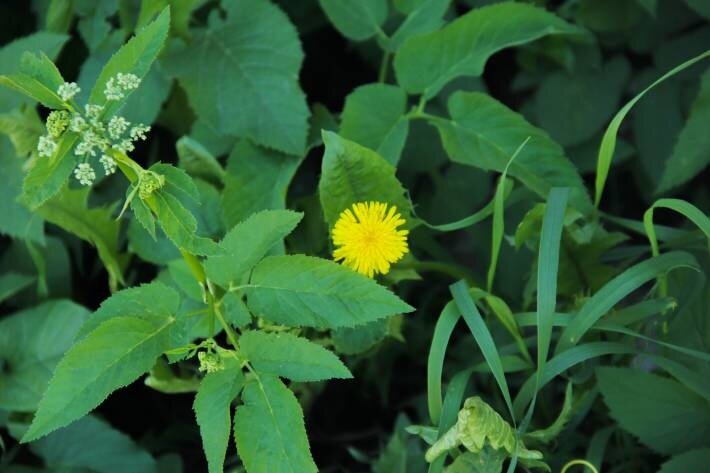Weeds are a constant headache for gardeners and farmers. They can spread quickly across a plot. The fight against weeds can last a lifetime, and gardeners do not always emerge victorious.
Therefore, it is worth remembering 2 methods that show good efficiency in the fight against weeds.
Anastasia Kovrizhnykh , an expert of the online publication "BelNovosti", a scientist, agronomist and landscape designer, told how to get rid of weeds.
Mulching
This method is based on covering the soil with a layer of organic or inorganic material.
Mulch not only retains moisture in the soil and improves its structure, but also suppresses weed growth.

There are two types of mulch:
Organic mulch
You can use materials such as:
• straw;
• sawdust;
• manure;
• fresh grass and others.
All of them can be used as organic mulch. They break down over time, enriching the soil with nutrients and preventing weed growth.
Inorganic mulch
Inorganic mulch includes:
1) Dark colored agrofibre.
2) Geotextiles and others.
These materials block light from reaching the soil, which prevents weeds from growing.
Mulching not only reduces the number of weeds in the garden, but also reduces the need to manually weed them.
Herbicides
Although their use requires caution and adherence to instructions, they can be very effective in controlling weeds over the long term. A simple example: if the area is not well maintained and other crops simply do not grow on it, the use of herbicides can be called a logical solution.
Currently, systemic and contact herbicides are distinguished. If we consider systemic ones, they are absorbed through the leaves or root system of plants. Contact ones act directly on plants, causing damage to their surface.
However, before using herbicides, it is necessary to carefully study the instructions for use and take precautions. It is also worth remembering the disadvantages, because they can cause colossal damage to other plants.
Earlier we talked about why summer residents plant wormwood in their gardens .









